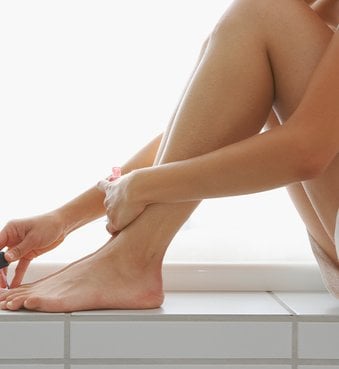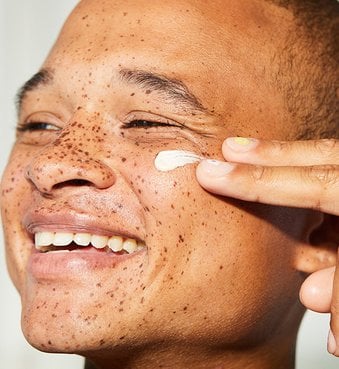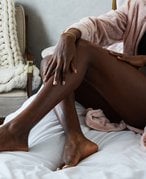Feet
From DIY pedicures to tips to help hydrate cracked heels, treat your feet to the skin care advice we share especially for them, here!Latest Articles
Recommended Articles
-
![4 Common Toenail Fungus Myths, Debunked]() Feet4 Common Toenail Fungus Myths, Debunked12/8/2021
Feet4 Common Toenail Fungus Myths, Debunked12/8/2021 -
![Lightweight Body Moisturizers That Won’t Leave You Feeling Sticky]() All Product PicksLightweight Body Moisturizers That Won’t Leave You Feeling Sticky7/16/2021
All Product PicksLightweight Body Moisturizers That Won’t Leave You Feeling Sticky7/16/2021 -
![How to Treat Cracked Skin on Your Feet, Hands and Elbows]() Dry SkinHow to Treat Cracked Skin on Your Feet, Hands and Elbows12/10/2020
Dry SkinHow to Treat Cracked Skin on Your Feet, Hands and Elbows12/10/2020 -
![Ouch! How Do I Take Care of My Ingrown Toenail at Home?]() FeetOuch! How Do I Take Care of My Ingrown Toenail at Home?6/2/2020
FeetOuch! How Do I Take Care of My Ingrown Toenail at Home?6/2/2020 -
![This New Gentle Body Cleanser Is (Quite Literally) Made for All]() Product ReviewsThis New Gentle Body Cleanser Is (Quite Literally) Made for All10/15/2018
Product ReviewsThis New Gentle Body Cleanser Is (Quite Literally) Made for All10/15/2018 -
![Summer Send-Off: 12 Labor Day Weekend Beauty Must-Haves]() FeetSummer Send-Off: 12 Labor Day Weekend Beauty Must-Haves8/31/2018
FeetSummer Send-Off: 12 Labor Day Weekend Beauty Must-Haves8/31/2018




































